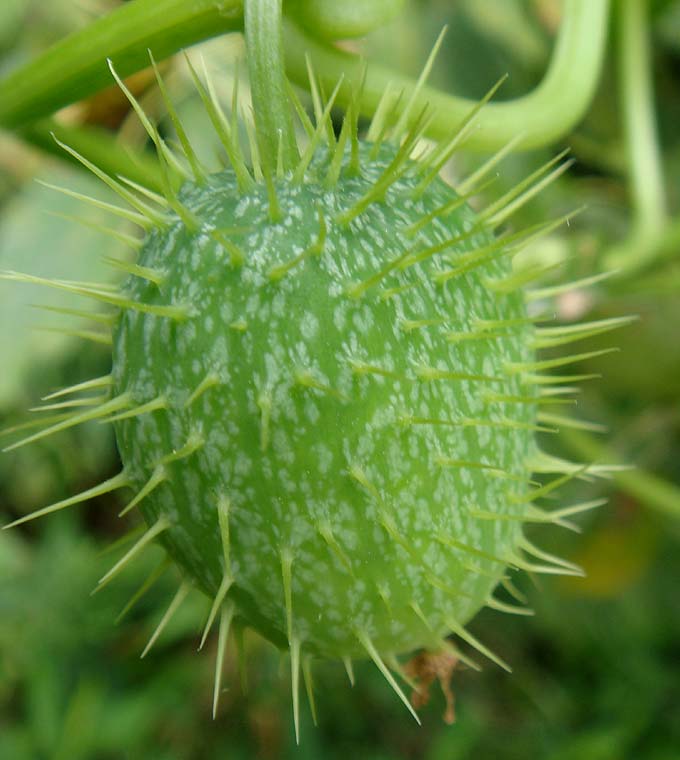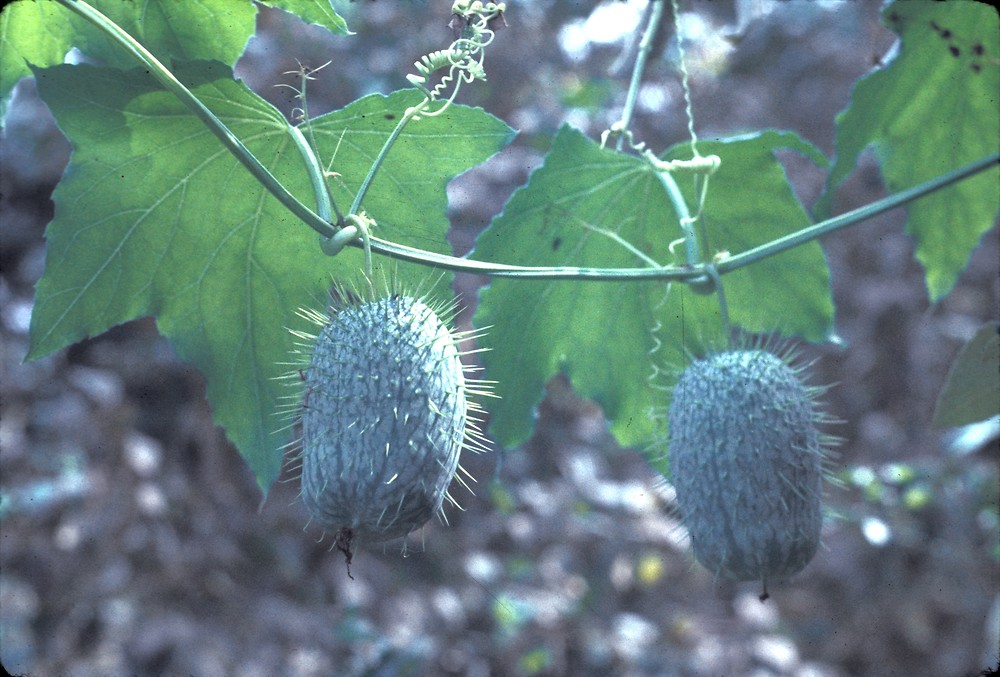The Lumholtzi: A Closer Look At Neositta Chrysoptera Lumholtzi
Share
The Lumholtzi, scientifically known as Neositta chrysoptera lumholtzi, is a fascinating bird species belonging to the family Sittidae within the order Passeriformes. This article delves into the taxonomy, habitat, behavior, and conservation status of this unique bird, providing birdwatchers and enthusiasts with valuable insights.

Taxonomy
Neositta chrysoptera lumholtzi is a subspecies of the Neositta chrysoptera, which falls under the subfamily Daphoenosittinae. The species was first described by Mathews in 1916, and its range is primarily located in Eastern Queensland, Australia. The bird is restricted to the Gracemere area, as noted by Mayr in 1950. The geographical range extends from the vicinity of Rockhampton, approximately at latitude 23° 30' S, north to the Suttor River, around latitude 22° S.
Physical Characteristics
The Lumholtzi is characterized by its distinctive plumage, which features a combination of earthy tones that provide excellent camouflage in its natural habitat. The bird typically exhibits a robust body, a short tail, and a strong, conical bill adapted for its diet. The coloration can vary slightly among individuals, but they generally display shades of brown, gray, and white.

Habitat
The Lumholtzi primarily inhabits open woodlands and forest edges in Eastern Queensland. It prefers areas with a mix of trees and shrubs, which provide both shelter and foraging opportunities. The bird is often found in regions with a dense understorey, where it can easily navigate and search for food.

Diet
The diet of Neositta chrysoptera lumholtzi mainly consists of insects and other small invertebrates. The bird is known for its foraging behavior, often seen climbing along tree trunks and branches in search of food. Its strong bill allows it to extract insects from crevices in the bark, making it an adept forager in its woodland habitat.

Behavior
The Lumholtzi is a social bird, often found in small groups or pairs. It is known for its acrobatic movements, which include climbing and hanging upside down while foraging. The bird communicates through a series of chirps and calls, which are used to establish territory and attract mates. Its behavior is characterized by a high level of activity, making it a delight to observe for birdwatchers.

Reproduction
Breeding season for the Lumholtzi typically occurs during the warmer months. The female constructs a nest in tree hollows or dense foliage, where she lays a clutch of eggs. Both parents participate in caring for the young, providing food and protection until the chicks fledge. The nurturing behavior of the Lumholtzi is a testament to the species' commitment to its offspring.
Conservation Status
Currently, the conservation status of Neositta chrysoptera lumholtzi is not well-documented, but habitat loss due to deforestation and land development poses a potential threat to its population. Conservation efforts aimed at preserving its natural habitat are crucial for ensuring the survival of this unique bird.
Birdwatching Tips
For birdwatchers interested in observing the Lumholtzi, the best locations are the open woodlands and forest edges of Eastern Queensland. Early morning or late afternoon are ideal times for spotting these birds, as they are most active during these hours. Patience and quiet observation are key, as the Lumholtzi's natural camouflage can make it challenging to spot.
In summary, Neositta chrysoptera lumholtzi is a remarkable bird species that showcases the beauty and diversity of avian life in Australia. Its unique behaviors, diet, and habitat preferences make it a fascinating subject for study and observation. By understanding and appreciating this species, we can contribute to its conservation and ensure that future generations can enjoy the sight of the Lumholtzi in its natural environment.